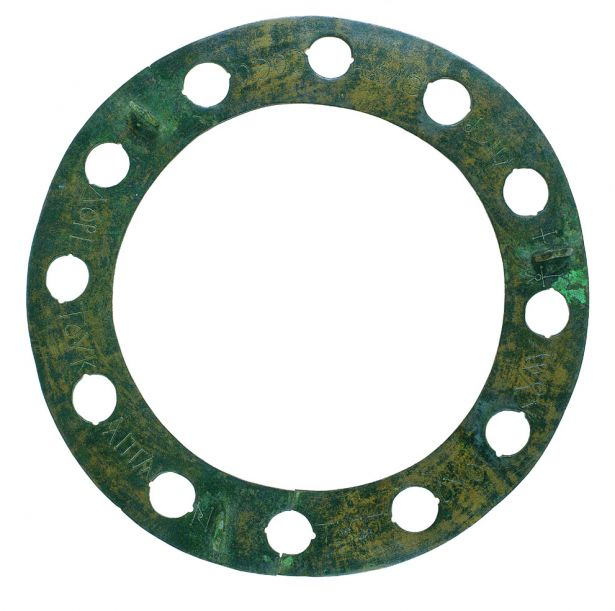Bronze polykandelon (00340)

Exhibition room: I.3 The temples of the new religion
Date: 6th c.
Dimensions (cm): διαμ. 37
The bronze ring has twelve holes in its circumference in which a similar number of glass lamps were placed. On its upper surface three rings are arranged symmetrically which held the chains by which it was hung from the ceiling. In between the holes for the lamps is an inscription in capital letters: +ΥΠΕΡ ΕΥΧΗC ΘΕΟΔΩΡΙΤΟΥ ΚΑΙ ΠΑΝΤΟC ΤΟΥ ΟΙΚΟΥ ΑΥΤΟΥ [+A PRAYER FOR THEODORITOS AND ALL HIS HOUSEHOLD]. From this we may conclude that the polykandelon was an offering from one of the congregation, named Theodoritos, to a church in return for a blessing for himself and his family. The expression "υπέρ ευχής" [sometimes translated as 'on account of a vow'] which introduces the inscription is one of the most common in votive inscriptions, inscribed on ecclesiastical objects, liturgical furnishings and in churches generally. Apart from the practical need for lighting in churches, polykandela, like individual hanging lamps and lanterns, also served devotional needs, such as oil being burnt in honour of the saints, as a sort of offering made to them.








